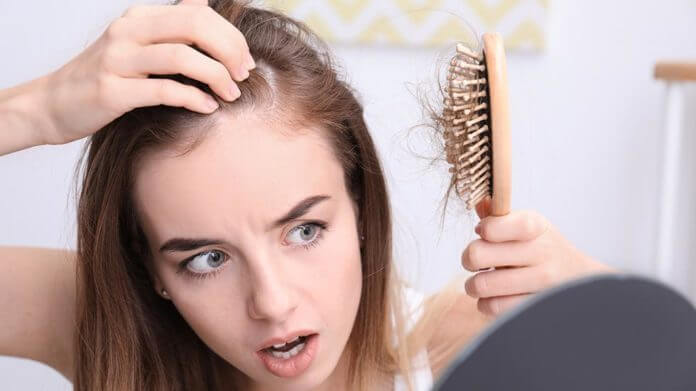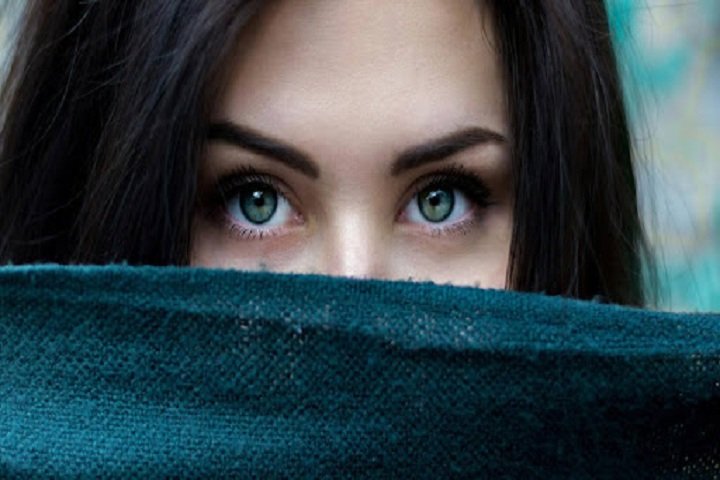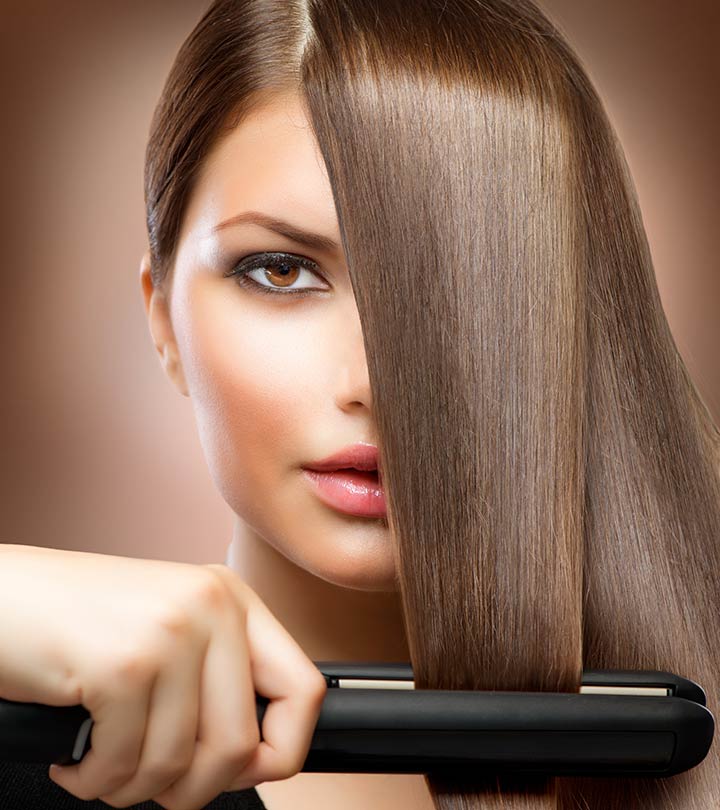How common is hair loss in women? It turns out hair thinning and balding affects 40 percent of American women. Typically, adults shed anywhere from 50 to 100 strands a day. However, factors like age, prescription medications, genetics, and stress can multiply shedding and hair loss. For women specifically, hair loss can also happen due to postpartum pregnancy. Many women don’t even realize how easy it is to accumulate lousy hair habits that adversely affect healthy hair.
If you’re noticing a thinning or receding hairline, don’t panic! We’ve compiled effective tips for restoring your hairline. We address a wide range of the most common hair loss issues affecting adult women; we cover everything from hair maintenance techniques to lifestyle changes. Follow along below to learn about 5 hair loss tips for women that can be easily implemented into your daily routine.
Pick the right hairstyles
Summer is making its way to us! Changes in seasons are the perfect time to switch up your hairstyle. We’re not suggesting you shouldn’t experiment with a new look, just be careful. Braids and twists are in this season. Installing braids or cornrows can be extremely detrimental to your hairline. Especially if they are too tight.
Whether your hair is coarse and kinky, or silky and straight, each strand is delicate. Pull the hair back so it’s secure, but not so tight you can feel it stress your hairline. Avoid styles that tug on fine strands like your hairline. If you are going to throw your hair up into a high ponytail or sleek bun, opt for scrunchies that don’t have metal hardware. Stray hair can get caught in the metal pieces and rip your strands in half while removing it. They also cause friction to the strands causing breakage and split ends.
Avoid Heat Styling
Whether your blow-drying, straightening or curling, heat can cause unnecessary damage to the structure of your hair. Genetics determine the shape of each strand. When you use heat styling tools, you’re essentially breaking down the overall structure of your strands.
Over time, excessive heat styling can suck the moisture right out of the strands, creating dry, brittle tresses that are susceptible to split ends. Split ends are sneaky. They can start anywhere along the hair shaft, from the root to ends. If not dealt with immediately, they’ll split the entire hair shaft and cause hair to fall out.
We know it can be difficult to avoid the heat altogether. Whenever you decide to plug in your old straightener or flat iron, remember to keep the temperature low. Do a quick touch test. If the heating tool can burn your fingers, it will also burn your hair. Don’t leave the heat in one spot of your hair for too long. Ten seconds should be more than enough time per section.
Avoid Chemical Processing
Experimenting with color too often can destroy strands. The chemicals associated with bleaching and lightening your natural hair color are incredibly potent. The science behind coloring requires strong chemicals to lift the hair shaft, or outer most layer of the hair, which permanently changes the integrity of each strand. Limit the amount of damage and hair loss by working with a professional colorist.
You can also limit the amount of hair appointments you schedule for yourself at the salon. Try giving your hair a break from the bleach and chemicals. Instead of having an appointment every 6 weeks, try every 10 weeks. This can be difficult, but your hair will thank you!
Switch your Shampoo
Certain shampoos contain harsh cleansers or detergents like sulfates, which strip the hair of moisture and encourage shedding and hair loss. Not to mention the fragrance can cause allergic reactions like contact dermatitis.
Try investing in all-natural shampoos or a shampoo and conditioner that your hairstylist recommends. This way you will know that what you are using on your hair is safe and will not cause potential harm to your strands.
Change your Diet
Healthy hair starts from the inside out. Feed your hair with vitamins and minerals it needs to thrive. Search for foods that are rich in protein, zinc, iron, and vitamin B12. Nutritionists and hair restoration experts both suggest filling your diet with leafy greens, nuts, and lean meats like salmon. Not only can the right diet revitalize thinning strands, but it can also slim the waistline. If you start incorporating these types of foods into your everyday diet, you will notice an extreme difference in your hair health.
Conclusion
It’s hard not to get frustrated once you spot the first signs of hair loss. The key is to catch it early. Start incorporating a few of our tips to reverse thinning and grow healthier hair. In just a few weeks, you should notice a difference in the overall hair health, texture, and fullness.






